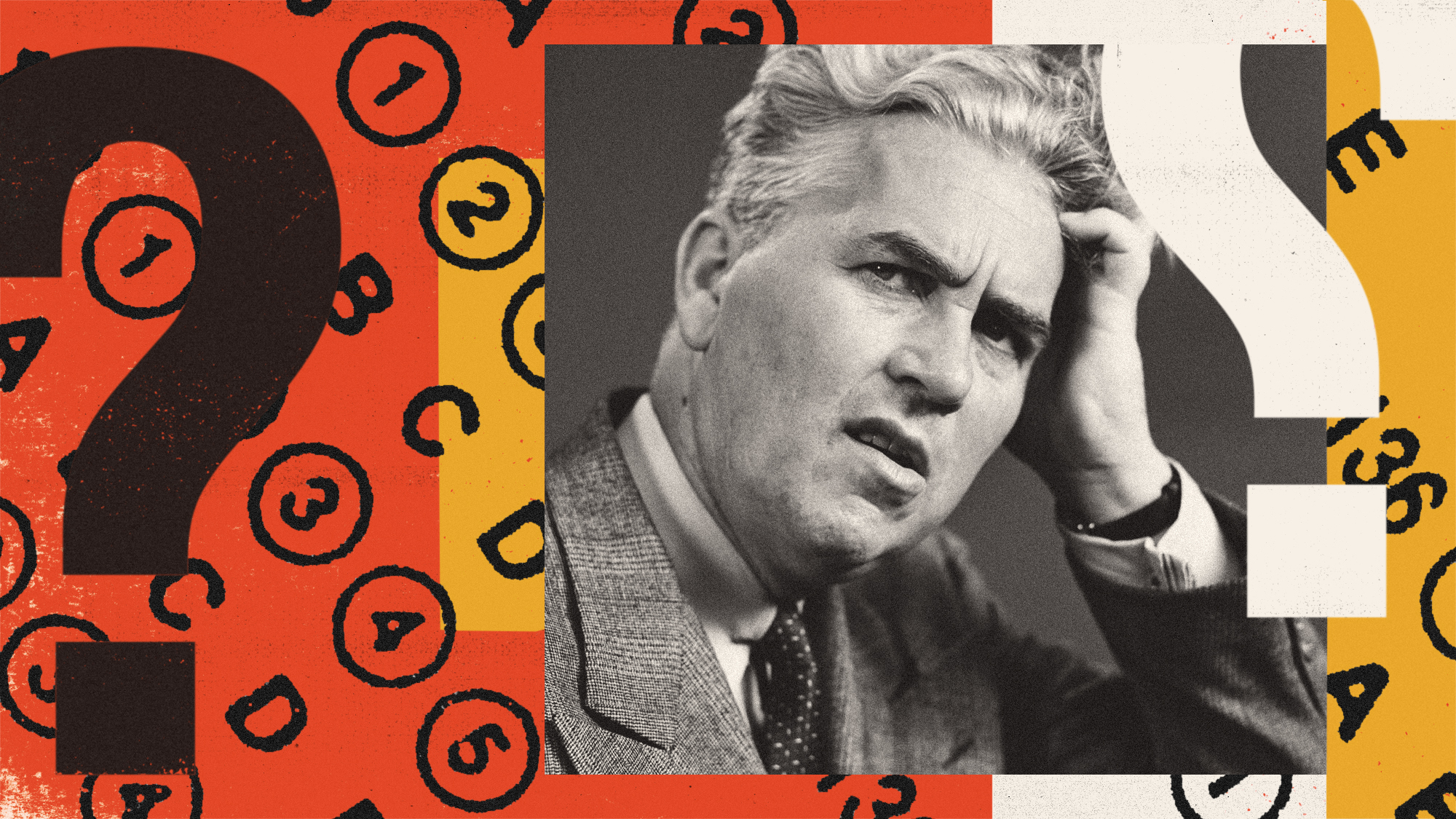DNA analysis sheds new light on Stonehenge's Mediterranean origins


Stonehenge still has its mysteries, but a new study offers up some intriguing information on the people who presumably built the stone circle in southwest Britain starting in about 3000 BC. The people who erected the mysterious stone monument descended from Neolithic farmers who brought agriculture to Britain in about 4000 BC, after traveling across the Mediterranean to the Iberian peninsula from Anatolia (modern-day Turkey and Greece) in about 6000 BC, researchers in London report in the journal Nature Ecology and Evolution.
Anatolian migrants brought agriculture to all of Western Europe, populated before then by small groups of hunter-gatherers, but two things set the British settlers apart, the researchers found.
First, unlike the majority of Neolithic farmers who traveled to Central and Western Europe along the Danube, the Neolithic Britons traveled across the Mediterranean and first settled in modern-day Spain and Portugal. Second, they didn't appear to mix with the darker-skin hunter-gatherers. "We don't find any detectable evidence at all for the local British western hunter-gatherer ancestry in the Neolithic farmers after they arrive," Tom Booth, a specialist in ancient DNA from London's Natural History Museum and co-author of the study, tells BBC News. "That doesn't mean they don't mix at all, it just means that maybe their population sizes were too small to have left any kind of genetic legacy."
The Week
Escape your echo chamber. Get the facts behind the news, plus analysis from multiple perspectives.

Sign up for The Week's Free Newsletters
From our morning news briefing to a weekly Good News Newsletter, get the best of The Week delivered directly to your inbox.
From our morning news briefing to a weekly Good News Newsletter, get the best of The Week delivered directly to your inbox.
"In addition to farming, the Neolithic migrants to Britain appear to have introduced the tradition of building monuments using large stones known as megaliths," BBC News reports. "Stonehenge in Wiltshire was part of this tradition," though there's evidence of megalithic structures along Europe's Atlantic coast. But history didn't end with the Anatolian immigrants. In about 2450 BC, the shrinking population of Neolithic farmers was almost entirely replace by a new group, the Bell Beaker people, from mainland Europe, the researchers found.
A free daily email with the biggest news stories of the day – and the best features from TheWeek.com
Peter has worked as a news and culture writer and editor at The Week since the site's launch in 2008. He covers politics, world affairs, religion and cultural currents. His journalism career began as a copy editor at a financial newswire and has included editorial positions at The New York Times Magazine, Facts on File, and Oregon State University.
-
 The Week’s big New Year’s Day quiz 2026
The Week’s big New Year’s Day quiz 2026Quiz of the Year How much do you remember about 2025’s headlines? Put yourself to the test with our bumper quiz of the year
-
 Is tanking ruining sports?
Is tanking ruining sports?Today's Big Question The NBA and the NFL want teams to compete to win. What happens if they decide not to?
-
 ‘Netflix needs to not just swallow HBO but also emulate it’
‘Netflix needs to not just swallow HBO but also emulate it’instant opinion Opinion, comment and editorials of the day
-
 Nobody seems surprised Wagner's Prigozhin died under suspicious circumstances
Nobody seems surprised Wagner's Prigozhin died under suspicious circumstancesSpeed Read
-
 Western mountain climbers allegedly left Pakistani porter to die on K2
Western mountain climbers allegedly left Pakistani porter to die on K2Speed Read
-
 'Circular saw blades' divide controversial Rio Grande buoys installed by Texas governor
'Circular saw blades' divide controversial Rio Grande buoys installed by Texas governorSpeed Read
-
 Los Angeles city workers stage 1-day walkout over labor conditions
Los Angeles city workers stage 1-day walkout over labor conditionsSpeed Read
-
 Mega Millions jackpot climbs to an estimated $1.55 billion
Mega Millions jackpot climbs to an estimated $1.55 billionSpeed Read
-
 Bangladesh dealing with worst dengue fever outbreak on record
Bangladesh dealing with worst dengue fever outbreak on recordSpeed Read
-
 Glacial outburst flooding in Juneau destroys homes
Glacial outburst flooding in Juneau destroys homesSpeed Read
-
 Scotland seeking 'monster hunters' to search for fabled Loch Ness creature
Scotland seeking 'monster hunters' to search for fabled Loch Ness creatureSpeed Read
